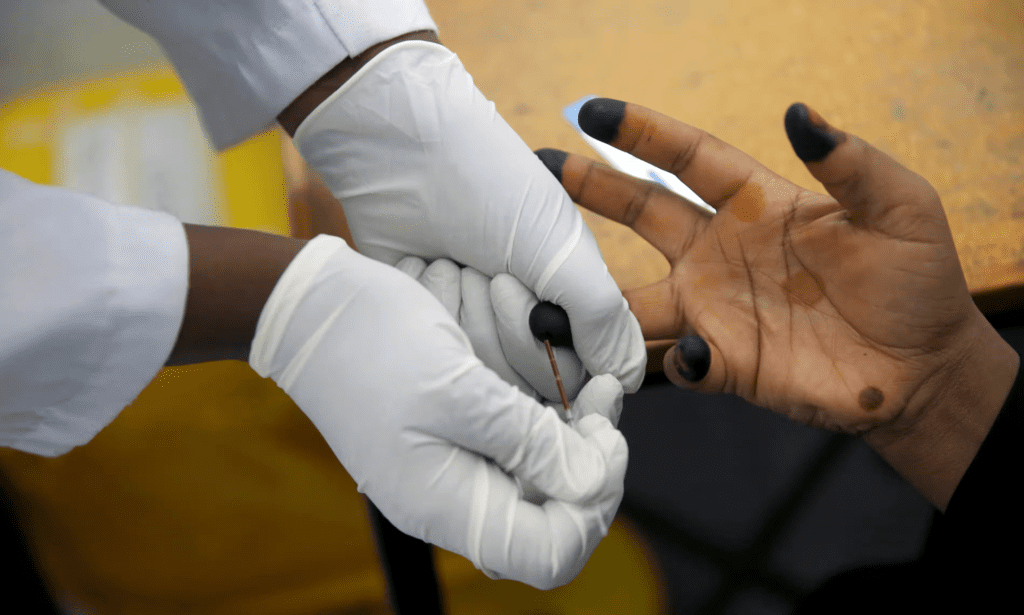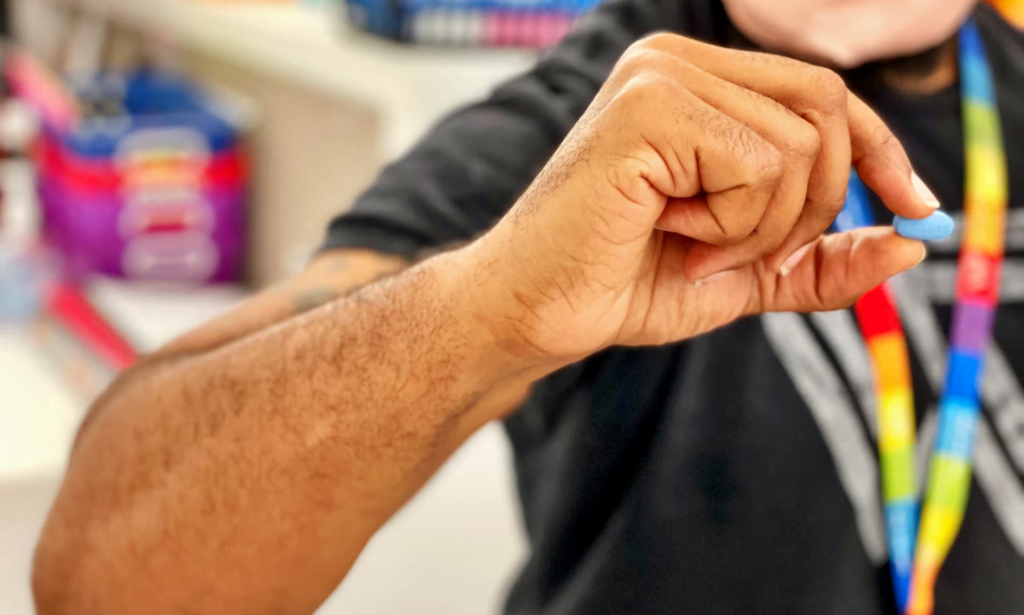African countries are being praised for their accomplishments, but, UNAids reports an increase in cases in other regions of the world.

For the first time, the majority of new HIV infections last year were reported in countries that are not located in sub-Saharan Africa.
According to a recent report from UNAids, African countries have made significant strides in addressing the virus, with the number of infections in sub-Saharan Africa being 56% lower than in 2010. On a global scale, there has been a 39% decrease in infections throughout the same time frame.
Outside of sub-Saharan Africa, there are now more new HIV infections happening than within sub-Saharan Africa, marking a significant shift in the history of the HIV pandemic. The research states that the success in preventing the spread of the disease has been significant in much of sub-Saharan Africa, but other regions of the world have not made equivalent advancements. The report also highlights that the number of cases is increasing in Eastern Europe, central Asia, Latin America, the Middle East, and north Africa.
According to UNAids, the world is currently at a critical point in its efforts to combat the virus, and taking action this year is crucial for achieving success.

According to Winnie Byanyima, the executive director of UNAids, there is a growing resistance to human rights in several nations, which is posing challenges for marginalised communities in accessing healthcare.
Simultaneously, services are encountering financial deficits due to reductions in aid, and with numerous low-income nations burdened by excessive debt, this diminishes their capacity for domestic health expenditure, as stated by the speaker.
Additionally, there is a potential danger that revolutionary pharmaceuticals, which require seldom administration to treat or prevent HIV, may only be accessible in more affluent nations.
Approximately a decade ago, leaders from around the world made a commitment to eliminate the threat of AIDS as a public health issue by the year 2030, as part of the United Nations’ sustainable development goals.
“The world is currently not on a trajectory towards success,” stated Byanyima. “The global eradication of AIDS by 2030 is contingent upon the actions taken by leaders, including government and corporate leaders, in the present time.”
A recent report from UNAids unveiled at the 25th worldwide Aids conference in Munich, Germany, revealed that in 2023, the global population of individuals with HIV reached 39.9 million.
There were 1.3 million newly acquired HIV infections and 630,000 deaths attributable to AIDS, including 76,000 deaths of children.
According to Dr. Sharon Lewin, the president of the International AIDS Society, the data indicates that governments that make a commitment to controlling their epidemics, even in the most impoverished regions of the world, can effectively reduce HIV infections.
“That is highly stimulating and motivating,” she expressed. “Conversely, the infections occurring outside of sub-Saharan Africa may present greater difficulties in terms of containment and control.”
Lewin stated that infections were concentrated among marginalised demographics, such as individuals who engage in drug injection, sex workers, transgender women, or gay males, who are subjected to discriminatory and punitive legislation. “This does not pertain to the field of biomedicine.” This is a matter that pertains to society as a whole, and it presents a significant obstacle.
Byanyima emphasised the need to safeguard the human rights of all individuals. She supported her statement by presenting information that shows a reduced prevalence of HIV among homosexual males in countries where homosexuality is no longer considered a criminal offence. “We must exert significant effort to maintain the progress,” she stated, referring to the implementation of new criminalization legislation, such as those in Uganda.
“The opposition to rights, the opposition to democracy, the opposition to women’s rights, and the opposition to LGBTQ rights are causing people to distance themselves from the services they are entitled to.”
“There is a need for additional advancements in the decriminalisation of certain activities, particularly in Africa. Additionally, it is crucial to combat the negative attitudes and unfair treatment towards individuals living with HIV and those who are at risk.”
According to Byanyima, young women in sub-Saharan Africa continue to be more susceptible to harm. She advocated for the implementation of measures aimed at mitigating the disparities they encounter, such as the provision of universally accessible and cost-free secondary education.
In Eastern Europe and Central Asia, and the Middle East and North Africa, just 50% of people living with HIV are taking antiretroviral drugs that suppress the virus and reduce the risk of passing it on.
Sub-Saharan Africa remains home to almost half of people living with HIV who have no treatment. Access is especially low among children, the report warned.
Byanyima said it was urgent that “game-changing technology” such as long-acting drugs to treat or prevent HIV, already available in places such as the US, be shared immediately with developing countries.

Only 50% of individuals residing in Eastern Europe, Central Asia, the Middle East, and North Africa who are living with HIV are currently receiving antiretroviral medication, which effectively suppresses the virus and decreases the likelihood of transmitting it to others.
Almost half of the individuals living with HIV who lack access to treatment are still located in Sub-Saharan Africa. The research cautioned that youngsters have particularly limited access.
Byanyima emphasized the immediate need to share “game-changing technology,” such as long-acting medications for treating or preventing HIV, which are already accessible in countries like the US, and underdeveloped nations.